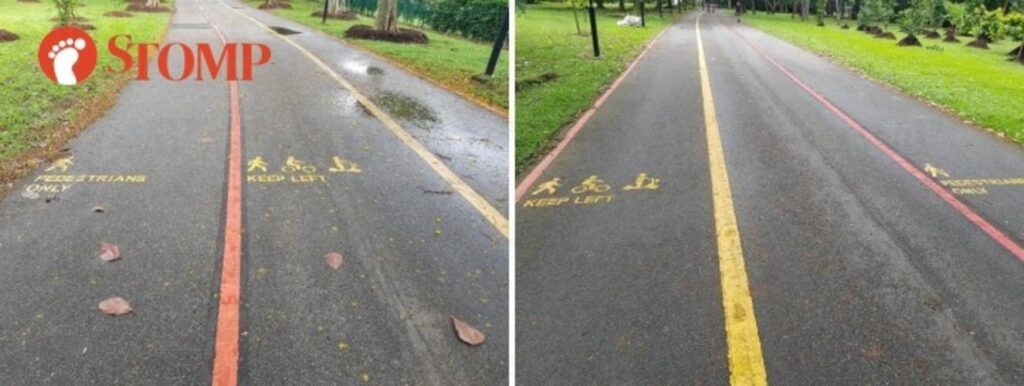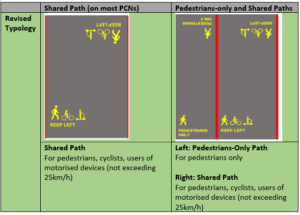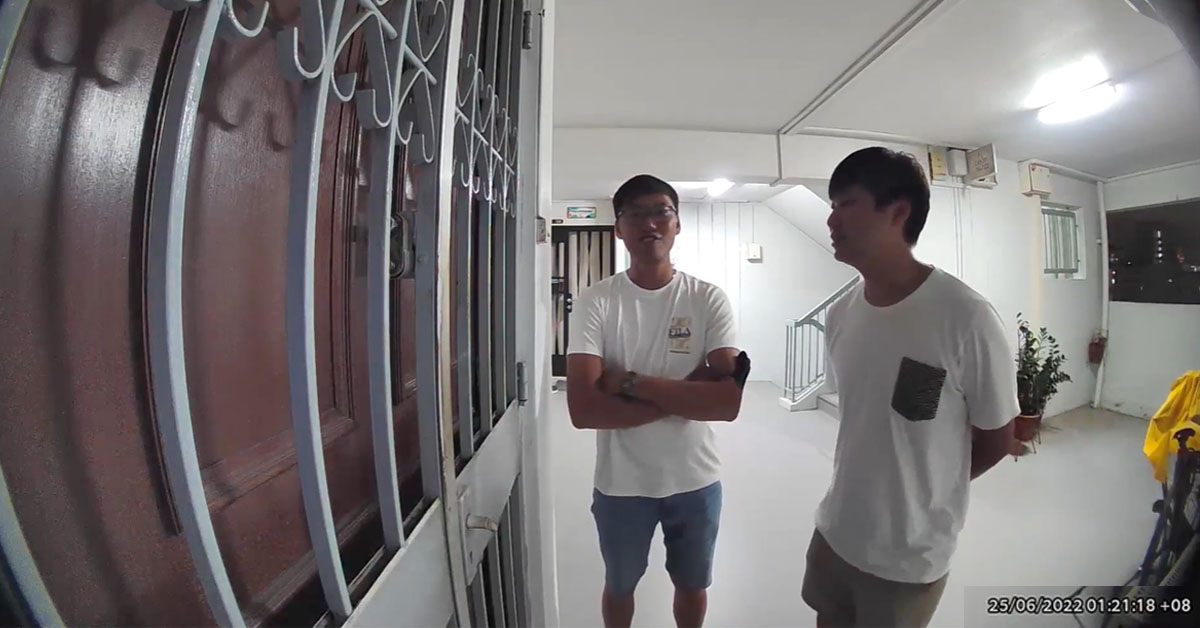In order to better enhance user experience along Park Connector Networks (PCN), NParks launched revised symbols as part of a pilot programme.
Unfortunately, it seemed to have done the opposite as a netizen took to Stomp to express his confusion.
Revised Typology Spotted Along PCNs & Parks
Uploading pictures of the newly revised pathways on Stomp, a park user named Richard found the symbols on the shared path at East Coast Park confusing and implored to NParks to consider them.

The first image shows the shared path at East Coast Park, where the words “pedestrian only” are visible on the left side. The words “keep left” are positioned next to a red dividing line in the middle of the path and are accompanied by symbols representing pedestrians, cyclists, and scooters.
In the second photo, the same symbols are now on the left side of the path with the “keep left” text, while the “pedestrian-only” lane is on the extreme right.
The user who shared the pictures noted that combining the “keep left” text with the symbols could lead people to believe that all three categories of users could share the same lane.
This is particularly confusing since a separate lane was already designated as “pedestrians only” with the walker symbol.
He suggested that the National Parks Board (NParks) should remove the symbols and rely solely on the text “keep left.” Other Stomp users agreed with this sentiment, commenting that the revised symbols and texts made the pathways more complex than necessary.
Revised Typology Part of New Pilot

According to Mr Kartini Omar, the group director of NParks, this was part of a pilot program to revise the typology at PCNs, including symbols, text or signs to separate the paths into pedestrian-only and shared lanes.
These revisions are only being made to paths at least 4m wide, such as those along canals and coastal routes.
The revised typology has been implemented progressively since August 2022. It now covers 30km of paths in Changi Beach Park, Changi Bay Park Connector, Coastal Park Connector, Pasir Panjang Park, and East Coast Park.
As this is a new feature, NParks stated that they would actively review the outcome of the pilot, including feedback from the public, before deciding whether to refine the typology further or implement it at other park connectors.
NParks has also set up a survey to collect feedback from the public regarding the revised PCN typology, and people are encouraged to share their thoughts.
Public Response
Since launching the survey in February 2023, NParks has consistently collected feedback on the newly revised symbols. Despite Richard’s confusion, NParks reported that most of their 300 online feedback responses were positive.
According to the respondents, the revised symbols provided better clarity on the types of users allowed on each path.
On 11 April 2023, The Straits Times interviewed path users at East Coast Park, who found the new symbols easy to understand, contrary to Richard’s experience.
Mr Mahani Jasuni, a 64-year-old cleaner who cycles daily at the park, knew that the new signs were part of a pilot project and did not find them confusing. Another cyclist, 21-year-old student Ms Khanh, found the revised typology easy to understand.
In addition to revising the PCN typology, NParks has consistently worked with the Land Transport Authority (LTA) and other stakeholders to promote good PCN etiquette and ensure a safe and enjoyable experience in parks and PCNs.
To help users understand and follow the guidelines, NParks has provided a list of PCN etiquette on their website, installed banners promoting PCN etiquette along Singapore’s PCNs, and deployed PCN Kindness Ambassadors to assist anyone who needs help.
NParks also regularly update their safety guidelines and advisories on signs and enforce rules against errant cyclists in their parks and PCNs to minimise the number of accidents.
This is particularly important as LTA plans to expand cycling networks in seven towns in eastern and northeastern Singapore from 2024, making safety more critical than ever.



